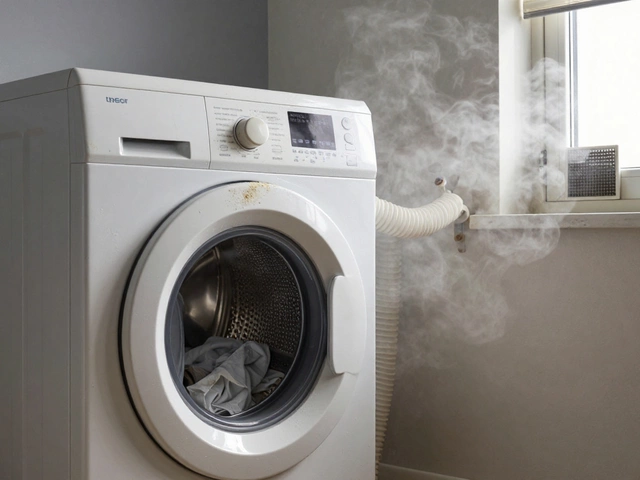If you’ve ever noticed a thin film on your bathroom glass or a drop in hot‑water pressure, a dirty tank could be the cause. Flushing the water heater clears out sediment, improves efficiency, and can add years to the unit’s life. The good news is you don’t need a professional for a basic flush – a few tools and a bit of time are enough.
Every time hot water is drawn, minerals from the supply water settle at the bottom of the tank. Over time those minerals turn into a gritty layer that acts like an insulator. When the heating element has to work through that layer, it takes longer to heat water and uses more electricity or gas. You’ll see higher energy bills and slower recovery times. In severe cases the sediment can crack the tank, leading to leaks that cost a lot to fix.
Besides energy savings, a clean tank helps keep water quality high. Sediment can stir up rust or copper, giving your water a metallic taste or smell. Regular flushing keeps those particles out of your taps and appliances, extending the life of everything that uses hot water.
Most experts recommend flushing a residential water heater once a year. If you live in an area with hard water – meaning high mineral content – you might need to do it every six months. On the other hand, if you have a soft‑water system or a tankless model, an annual flush is usually enough.
Watch for signs that you’re overdue: cloudy water, reduced hot‑water flow, strange noises (like rumbling) from the tank, or a sudden jump in your energy bill. Any of those clues mean it’s time to pull the plug and clean out the tank.
Here’s a quick checklist to decide the schedule:
Even if you’re not sure about water hardness, a yearly flush is a safe baseline. The process takes about 30 minutes, so it’s a small investment for big savings.
Ready to do it yourself? You’ll need a garden hose, a bucket, a screwdriver (for older models), and a plain old wrench. Turn off the power or gas, let the water cool, attach the hose to the drain valve, open the valve, and let the water run until it looks clear. Close the valve, refill the tank, and turn the power back on. Test the hot water after a few minutes to make sure everything works.
If you run into rusted valves, stuck drains, or confusing wiring, don’t force it – call a local pro. Bognor Regis Appliance Repair Experts can handle the job quickly and safely, saving you time and peace of mind.
In short, treat your water heater like any other home appliance: a little regular care goes a long way. Flush it once a year, twice if you have hard water, and you’ll enjoy steady hot water, lower bills, and a longer‑lasting tank. Happy flushing!

Learn how often to flush your water heater, why it matters, signs it's time, mistakes to avoid, and simple steps to, maintain hot water at home.

Trying to figure out if you should repair your electric stove or just buy a new one? This article breaks down the real costs, common repairs, and the value of fixing versus replacing. Find out what issues are usually fixable, what repairs make sense, and when to let go. You'll also get practical tips for simple DIY fixes and signs you need a pro. Make a smart choice for your kitchen and your wallet.

Most tumble dryers last 8-13 years, but poor maintenance can cut that in half. Learn the signs your dryer is failing, when to repair vs replace, and how to make it last longer.

Discover the essential roles appliances play in our daily lives and learn effective tips for maintaining their efficiency. From refrigerators to washing machines, each appliance features unique mechanics tailored for specific tasks. Grasping these functions is crucial for efficient servicing and longevity. Uncover surprising facts about how appliances work and ground yourself in practical maintenance advice to keep them running smoothly.

Struggling with hot water inconsistencies between your kitchen and bathroom? This article explores the causes behind such issues, including plumbing layout and water heater problems. Learn valuable tips for diagnosing and fixing these common household headaches. Discover practical solutions that can save you from cold showers and confusing hot water scenarios. Understand how simple tweaks or professional guidance can restore your home's balanced hot water supply.

Wondering how often you should replace your extractor fan? This article covers extractor fan lifespan, signs it's time for a change, maintenance tips, and why fresh air matters.